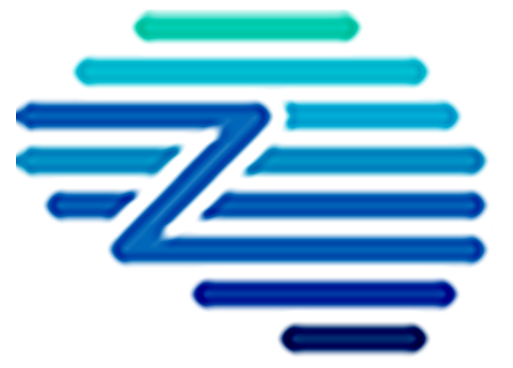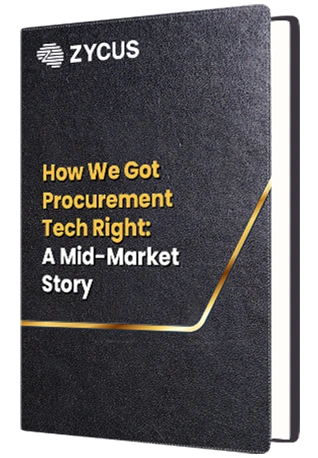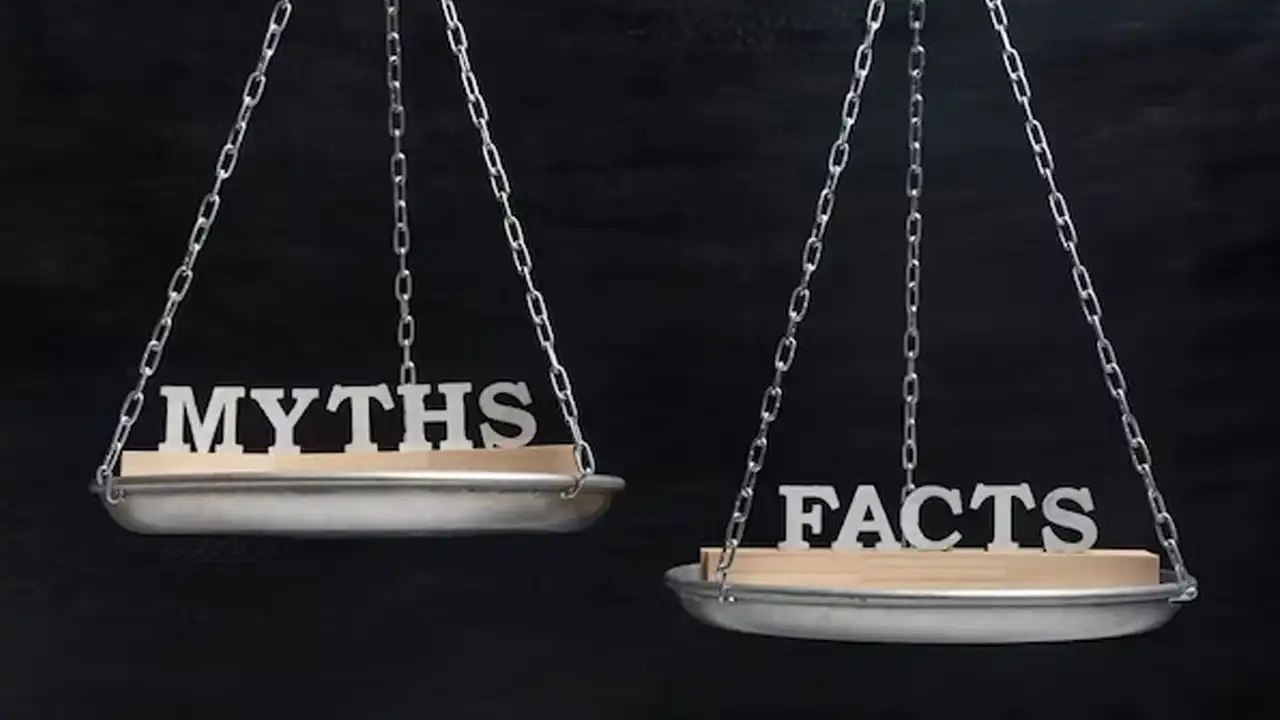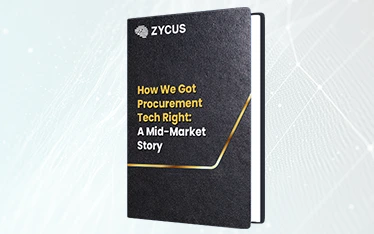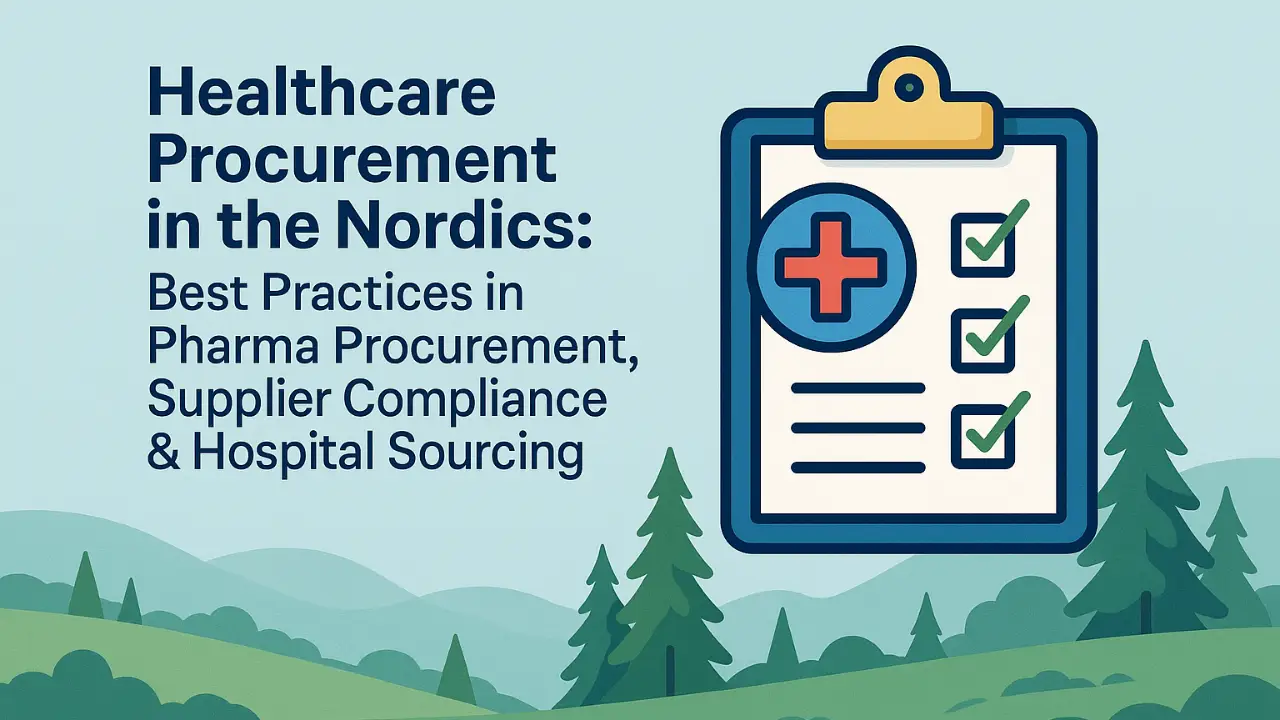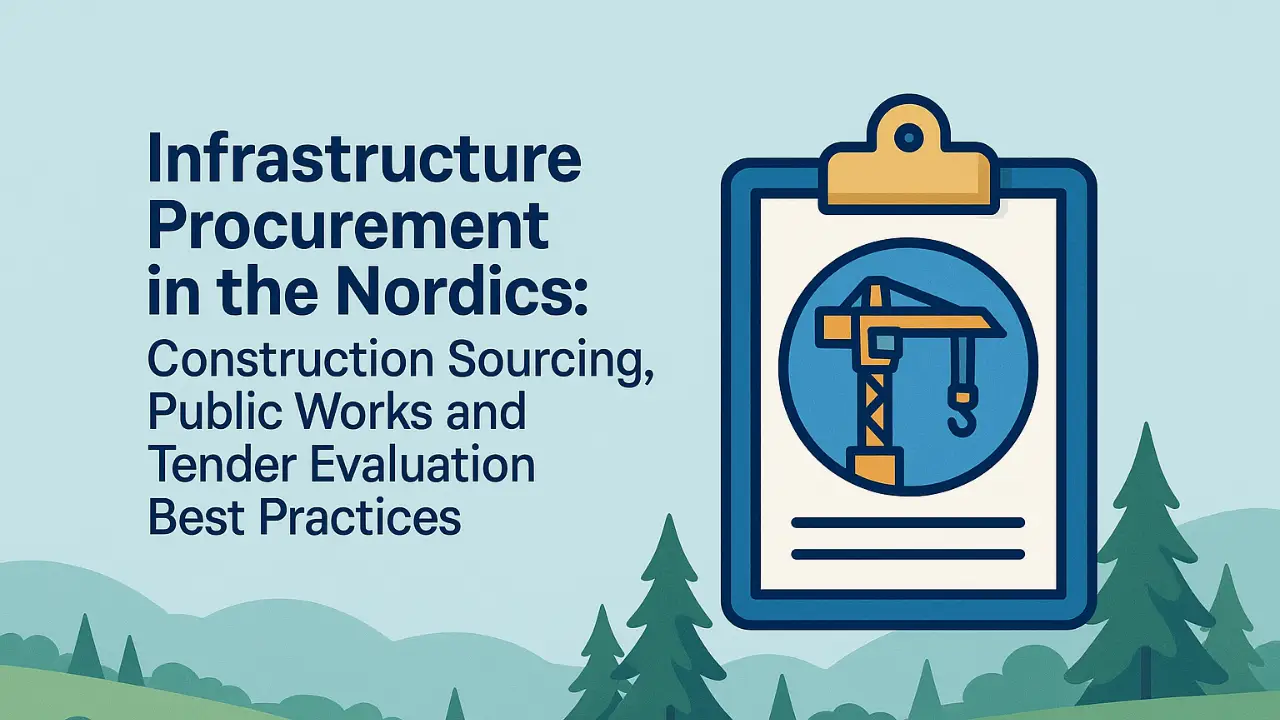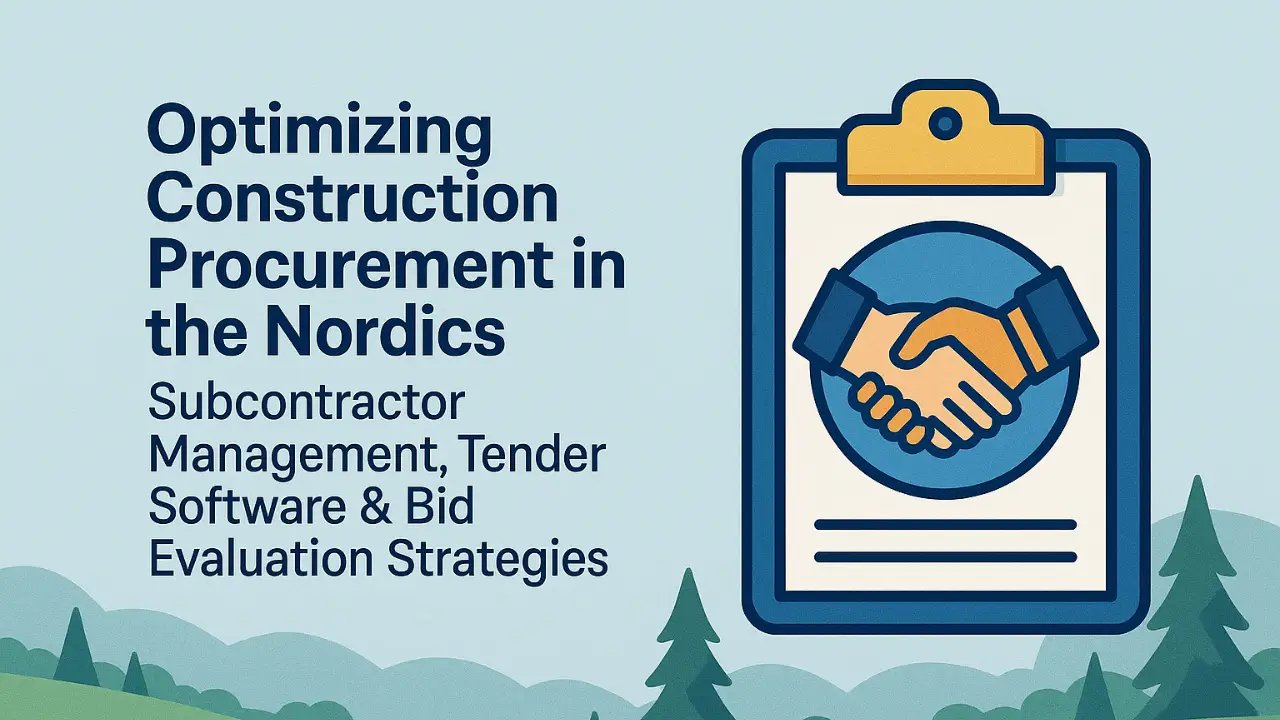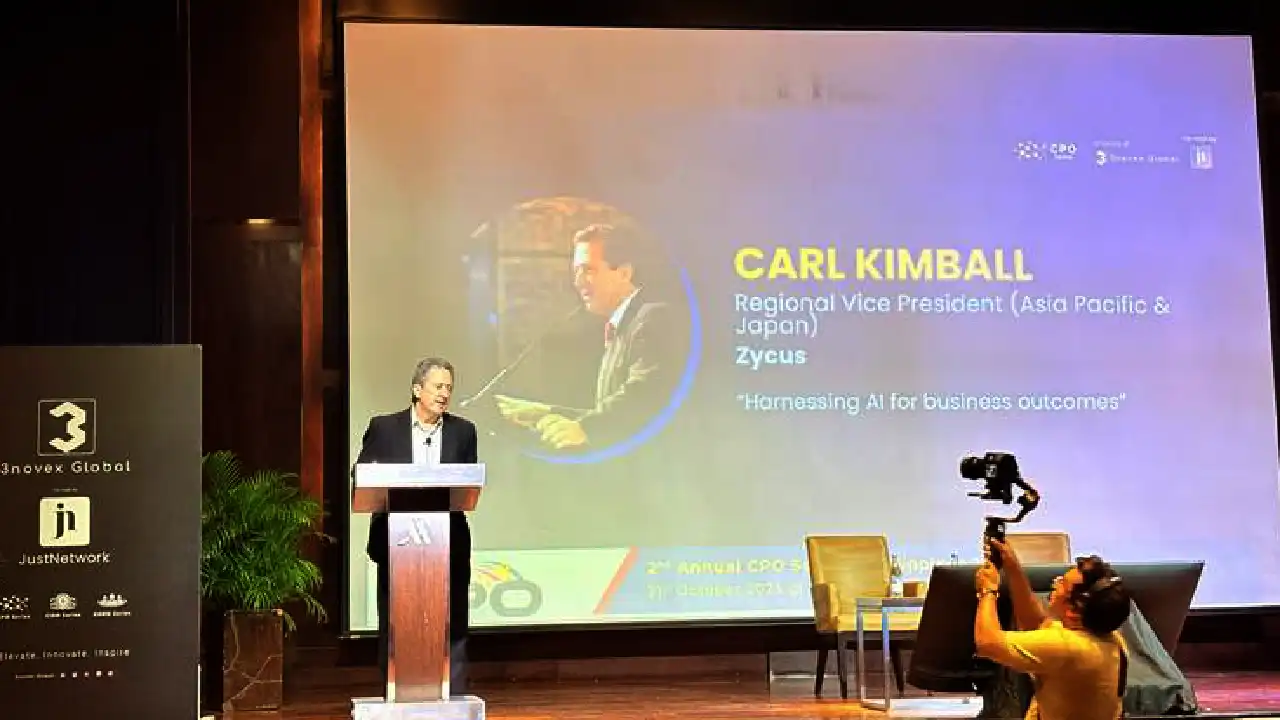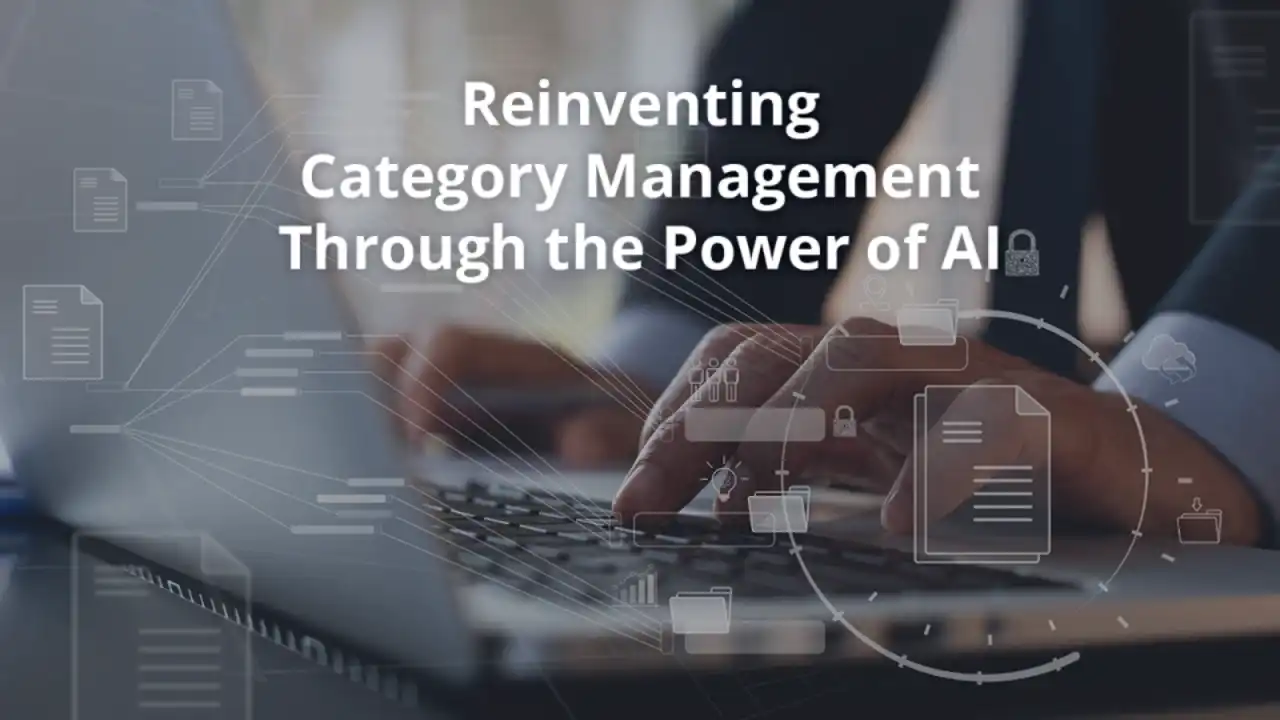You are here to learn about six procurement myths that you didn’t know. In this article, we’ll discuss myths that have plagued small organizations for long. We’ll learn about how we treat procurement for menial returns when it can deliver much more. If you are already wary of the below myths, pat your function staff. If you come to know them for the first time, bravo! You can bust them at your credit!
TL;DR
- Procurement is not just a cost-control function — it drives strategic value and business growth.
- A C-suite presence for procurement ensures alignment with organizational goals and innovation.
- Squeezing suppliers for savings harms quality and long-term relationships; collaboration builds sustainability.
- Procurement today is cross-functional, influencing product design, pricing, and market strategy.
- Low-cost sourcing can backfire through ethical and legal risks; value-based sourcing is the future.
- The best procurement professionals combine analytics, communication, and tech-savviness, not just negotiation skills.
6 Procurement Myths
1. Cost Function
Many organizations still believe that procurement’s only function is to control cost. All they need to do is handle requisitions and manage on-time deliveries of requirements at the right price. When it comes to strategic decision-making, procurement has no expertise to contribute. Organizations that still think so, it is time they change their perception. Procurement can contribute to strategy as well.
2. C-Suite Affiliation
Once in a procurement summit, a CEO of a multi-million dollar organization informs how he is unwilling to involve with his procurement function. He feels that his function’s operational efficiency and negotiation skills do not deserve his involvement. While it can be true that his procurement function is fully established, but appointing a C-suite executive to take for strategic direction is only smart.
3. Slaying Suppliers
A traditional method for measuring procurement’s performance is by the cost savings it can generate. To comply, procurement has been squeezing margins affecting quality and delivery times. Supplier negotiation does not mean causing loss, whether to the self or someone else. There has to be a balance. One should know that expecting the supplier to compromise on their sale price may trigger them to compromise at so many levels that it will eventually impact the end product.
4. Myth of Collaboration
In the beginning, procurement could only collaborate with logistics for clerical support. But later, it grew in responsibility to take charge of negotiation and supplier collaboration for best margins and cost savings. For that, it’s collaboration was restricted to the quality management and engineering teams. But now, as a strategic driver, procurement has a say in product development, market exploration, price determination, etc. Hence it should be allowed to collaborate with all teams and departments.
5. Low-Cost Sourcing
It is time we overcome the cost-hangover. Sourcing goods from low-cost countries may get counterproductive at times. For small savings, the reputation of the buying-company can face more massive consequences from the procurement myth. If you source a product or service from a low-cost country, there could be a possibility of litigation. How? If the cost of production is lesser than the average, the cost of effort is also inexpensive, which may mean unethical practices in the supply chain.
6. Procurement Myth in Hiring
A typical requirement for HRs looking out for procurement professionals is analytics and hardcore negotiation. An ideal procurement professional should also be discernible. They should be able to select the “best price” without compromising quality. They should be good in communication for nurturing long term supplier relationship and be a technology enthusiast.
Now that you are aware of the six procurement myths check if they are impacting your organization also. If they are noticeable in the behavior of your decision-makers, it is time you take your concerns to the management. Procurement myths, like any other, are unhealthy for your business.
What’s Next for Procurement in 2026?
- By 2026, procurement has evolved from an operational role into a strategic business function that drives measurable value.
- Organizations are increasingly adopting AI, data analytics, and composable procurement systems for better agility and decision-making.
- Procurement professionals are shifting from being transactional buyers to value architects who influence innovation and sustainability.
- Predictive analytics and real-time intelligence enable proactive sourcing, risk mitigation, and ESG compliance.
- Generative AI tools are transforming how procurement teams analyze data, forecast demand, and automate workflows.
- The future of procurement emphasizes digital agility, resilience, and data-driven strategy over traditional cost-control thinking.
Busting Myths with Technology
- Modern technologies are helping organizations dispel outdated procurement myths and reimagine their workflows.
- AI-powered platforms like Zycus’ Merlin GenAI Suite and AppXtend automate repetitive sourcing and approval tasks.
- These tools enable autonomous sourcing, contract analytics, supplier intelligence, and predictive spend insights.
- Procurement teams can now measure total business value, not just cost savings, using data-driven performance metrics.
- Cross-functional collaboration has improved as AI tools integrate procurement with finance, operations, and compliance.
- Technology has shifted procurement from manual operations to intelligent orchestration, enhancing both efficiency and strategic impact.
- The myth that procurement cannot be both cost-efficient and strategic is being disproved by automation and AI integration.
The Business Impact of Debunking Procurement Myths
- Organizations that move beyond procurement myths achieve tangible business benefits and measurable ROI.
- Operational efficiency increases by up to 20%, with faster sourcing cycles and reduced manual intervention.
- Supplier collaboration improves by nearly 30%, enhancing innovation, quality, and risk management.
- Data visibility across the supply chain helps achieve better compliance and risk mitigation.
- Treating procurement as a strategic growth enabler drives sustainable profitability and business agility.
- Companies that embrace AI-driven procurement gain a competitive advantage through faster innovation and decision-making.
- Debunking myths enables a shift from cost-focused to value-focused procurement, aligning sourcing strategy with overall business goals.
Conclusion
As we move further into 2026, it’s clear that procurement is no longer confined to the narrow boundaries of cost control and transactional efficiency. It has evolved into a strategic driver of innovation, sustainability, and enterprise growth. By breaking free from long-held myths—whether about its role, collaboration limits, or supplier dynamics—organizations can unlock procurement’s full potential as a value-creating powerhouse. Modern technologies such as Generative AI, composable platforms, and automation suites like Zycus’ AppXtend and Merlin GenAI are redefining how procurement operates—making it smarter, faster, and more collaborative than ever. The future of procurement belongs to forward-thinking organizations that embrace change, invest in intelligent tools, and empower their teams to lead with insight, agility, and purpose.
FAQs
Q1. Is procurement only about cost savings?
No. Procurement today is a strategic business function, not just a cost center. Beyond price negotiation, it contributes to innovation, supplier partnerships, and long-term value creation through smarter sourcing and analytics-driven decision-making.
Q2. Should procurement have a seat at the C-suite level?
Yes. In 2026, leading organizations recognize that procurement’s strategic input is vital to enterprise performance. Having a CPO (Chief Procurement Officer) or similar executive ensures alignment between sourcing, sustainability, and corporate strategy.
Q3. Does strong supplier negotiation mean squeezing margins?
Not anymore. Modern procurement emphasizes collaborative negotiation, where both buyers and suppliers win. Over-squeezing suppliers can reduce quality, delivery reliability, and trust — harming long-term performance.
Q4. How has procurement collaboration evolved?
Procurement collaboration has expanded beyond logistics and quality control to include engineering, marketing, finance, and product development. This cross-functional collaboration helps procurement influence innovation, pricing, and market competitiveness.
Q5. Is low-cost sourcing always the best strategy?
No. Low-cost sourcing can expose companies to ethical, legal, and reputational risks, especially when labor or environmental practices are questionable. Forward-looking organizations focus on sustainable, value-based sourcing that balances cost, ethics, and quality.
Q6. What skills define a modern procurement professional?
A modern procurement professional needs a mix of data analytics, strategic thinking, communication, and technology proficiency. They should be able to make informed decisions, foster strong supplier relationships, and drive digital transformation in sourcing.
Q7. How can organizations identify procurement myths internally?
Procurement myths show up in decision-making behaviors — when teams focus only on cost savings, resist digital tools, or undervalue procurement’s strategic role. Awareness and leadership support are key to busting myths and modernizing procurement culture.
Related Reads
- Blog- Procurement vs. Purchasing: The Definitive Guide
- Blog- 5 Most Common Mistakes in Procurement and How to Solve Them
- Blog- Top 10 Winning Skills for Procurement Professionals
- Zycus e Procurement Software
- Zycus Merlin for eProcurement – Cognitive Intelligence (AI) for Procurement
- e-book: Demystifying Cognitive Procurement-Why it should matter to the CPOs
- Sucess Story- Understanding How an Australian Transport Organization Transformed its Procurement Process with Zycus’ Cognitive Procurement Suite

